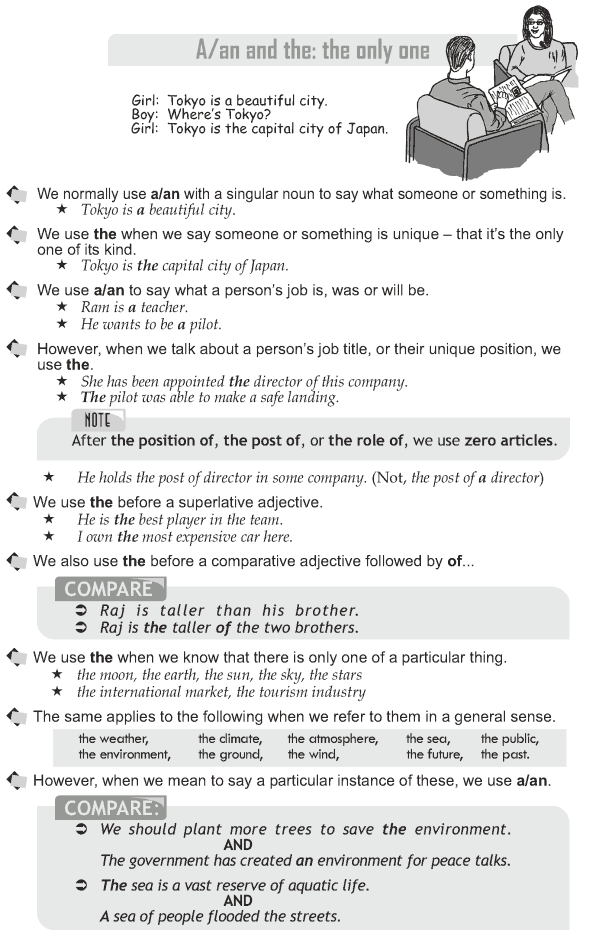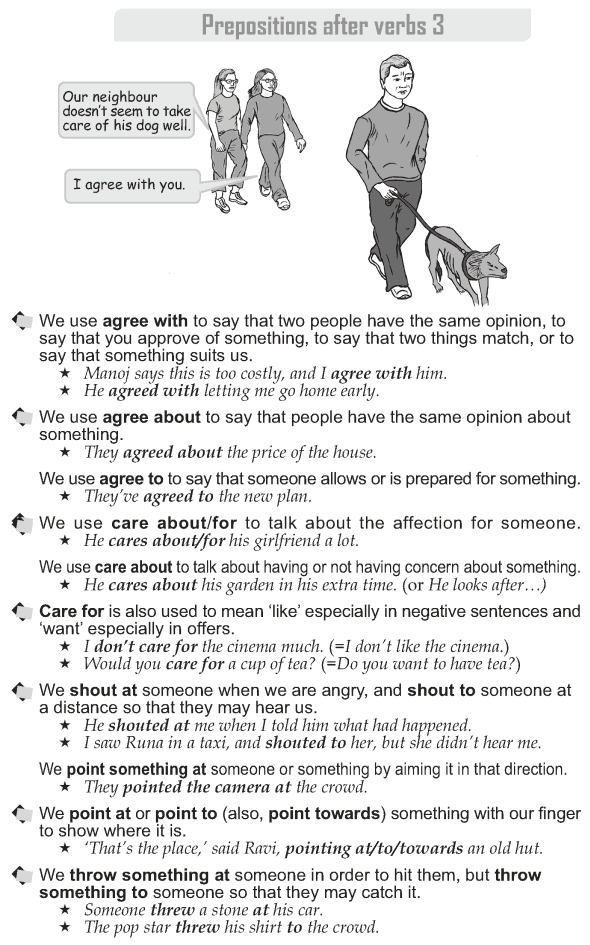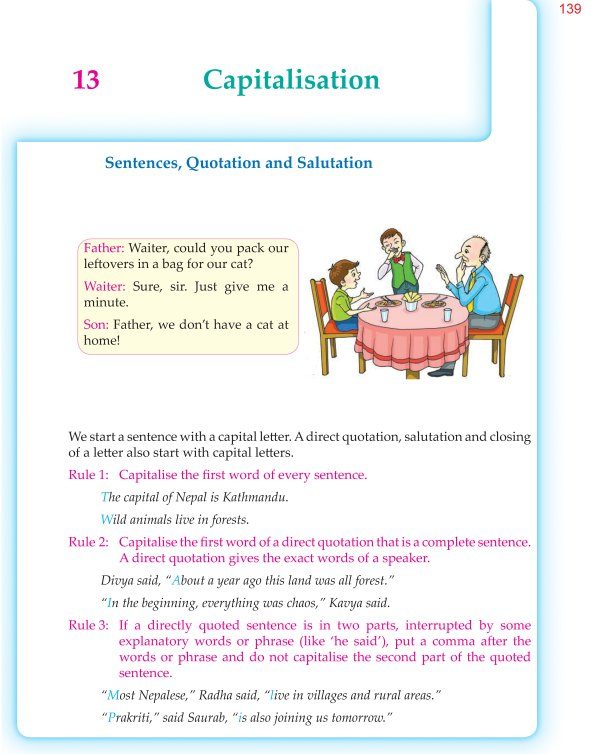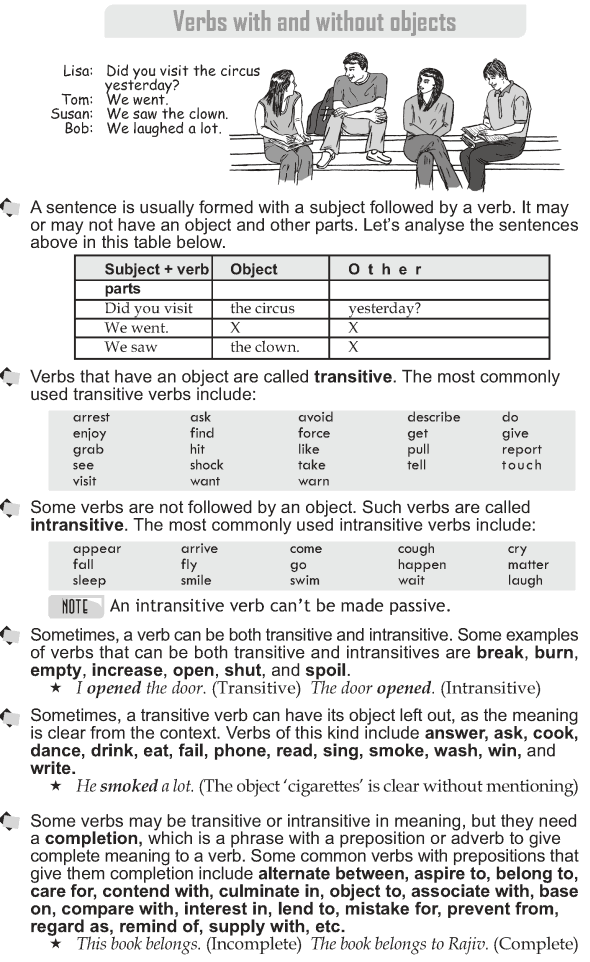 Genre/Topic: Articles
Genre/Topic: Articles
When do we use ‘the’? What do we use to say a person’s job: the articles ‘a/an’ or the article ‘the’?
 Genre/Topic: Prepositions, Verbs
Genre/Topic: Prepositions, Verbs
What is the difference between ‘agree with’, ‘agree about’ and ‘agree to’? What is the difference between ‘care for’ and ‘care about’? Are ‘shout at’ and ‘shout to’ used for the same purposes? What is the difference between ‘point at’ and ‘point to’? What is the difference between ‘throw something at’ and ‘throw something to’? […]

We start a sentence with a capital letter. A direct quotation, salutation and closing of a letter also start with capital letters. Rule 1: Capitalise the first word of every sentence.
Download the complete course now Genre/Topic: Tense, Verbs
Genre/Topic: Tense, Verbs
Do all verbs require an object? What are transitive verbs? Do they have their passive forms? What are some common transitive verbs? What are intransitive verbs? Do they have their passive forms? What are some common intransitive verbs? Can a verb be both transitive and intransitive? What is a completion?